So far as fish go, Scottish wild Atlantic salmon (Salmo salar) have a very eventful life. The fish spawn as ‘parr’ in freshwater breeding pools, far inland. The Royal estates of Balmoral and Birkhall in Deeside Aberdeenshire have salmon spawning as far as 82km up river from Aberdeen. The newborn fish lay about in the upper rivers for 2–3 years before suddenly hearing the call of the ocean. The fish, known as ‘smolts’ at this age, pack up their bags in April, and head out to sea. They move northwestwards for thousands of miles, reaching holiday destinations as far away as Baffin Island in the icy, shattered bit of Canada.
The fish eat, fatten up and wander the Atlantic for 2–3 years before they do the most remarkable thing. They decide it is time to have a family of their own and return to the exact same breeding pools that they hung about in as parr.
The problem for many of the fish is that going down most Scottish rivers is an awful lot easier than swimming up them. On the River Dee, the principal obstacle is the Falls of Feugh at Banchory. Here, the salmon have to reverse navigate something like 40 feet of foaming, rocky, white rapids, and a total elevation of what I recall to be around 20 feet. The narrowness of the Dee at this point means that it was an ideal place to build a road bridge. The bridge is constructed with a pedestrian walkway so that visitors in September–November and February–March can watch the salmon trying to jump up the waterfall. The fish do succeed, but many are battered and worn out by the ordeal.
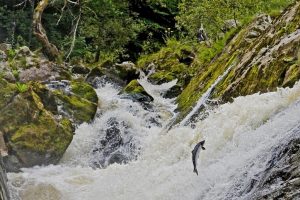
Once in the birthing pools, the females lay the eggs and the males fertilise them (with the usual violence that characterises natural selection). The male fish usually die at this point. The surviving females, thin from starvation drift back to the sea and get eaten by seals.
Any fish that has put itself through that deserves some respect in its cooking. The most cost-effective and least wasteful way to buy salmon is as a whole fish. You can cure some of it as gravadlax, cook some steaks off in the pan and make a salmon mousse starter with the scraps.
Of course, if you have access to a fish kettle (some supermarkets will rent them out), then you can enjoy the glory of a whole poached salmon. It is simplicity itself to make, requires literally no effort, and you can use the leftovers to make some tasty salmon fishcakes. If you have the kit, we recommend whole poached salmon for any large buffet party where you need to feed a lot of people.
The Falls of Feugh can be found on the river crossing at Banchory on the B974.
Poached whole salmon
Ingredients
- 1 whole salmon, gutted
- 1 carrot, roughly chopped
- 1 onion, quartered
- 1 stick of celery, roughly chopped
- 10 black peppercorns
- Half a cucumber, thinly sliced
Instructions
Place the salmon in a fish kettle. You may need to trim the tail off if the kettle is too short. Add the vegetables and pepper, and fill the kettle with water. Bring to the boil, and then switch the gas off and put the lid on. Leave the to cool in the poaching water fish for 5 hours.
Once cooled, lift the fish out, drain any water from the cavity, and place on a platter. Carefully remove the skin from the upper side of the fish, and garnish with the sliced cucumber.
Notes
Serve with new potatoes, mayonnaise and salad. This adapts easily to large trout.

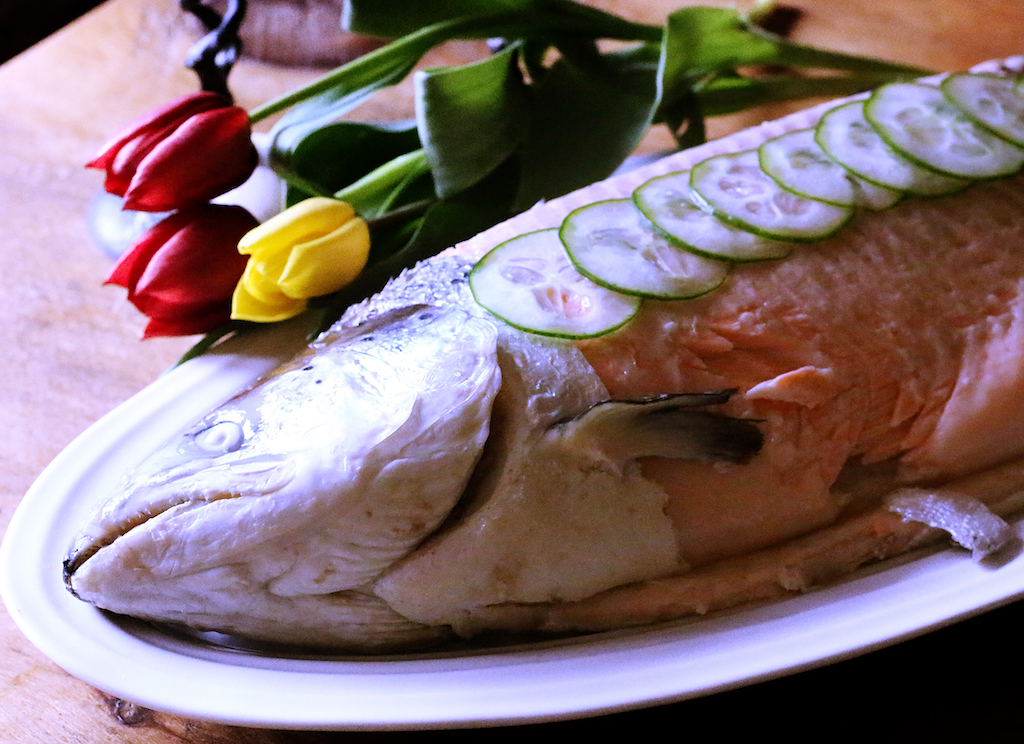

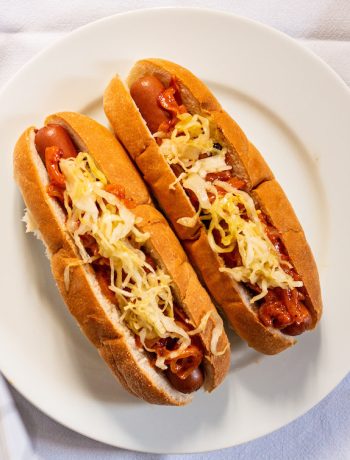
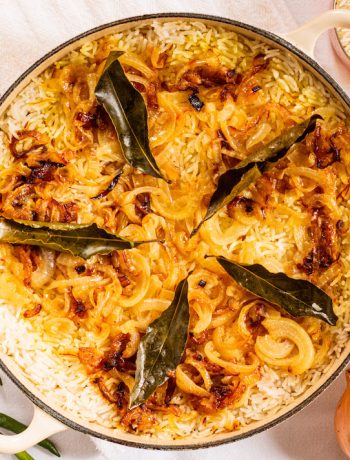
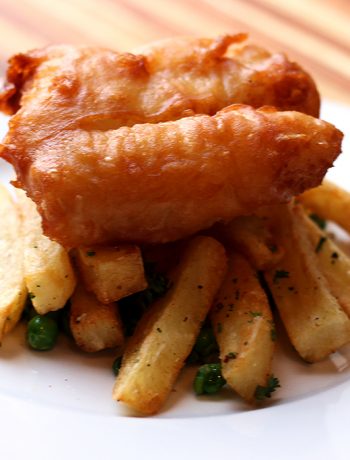
No Comments